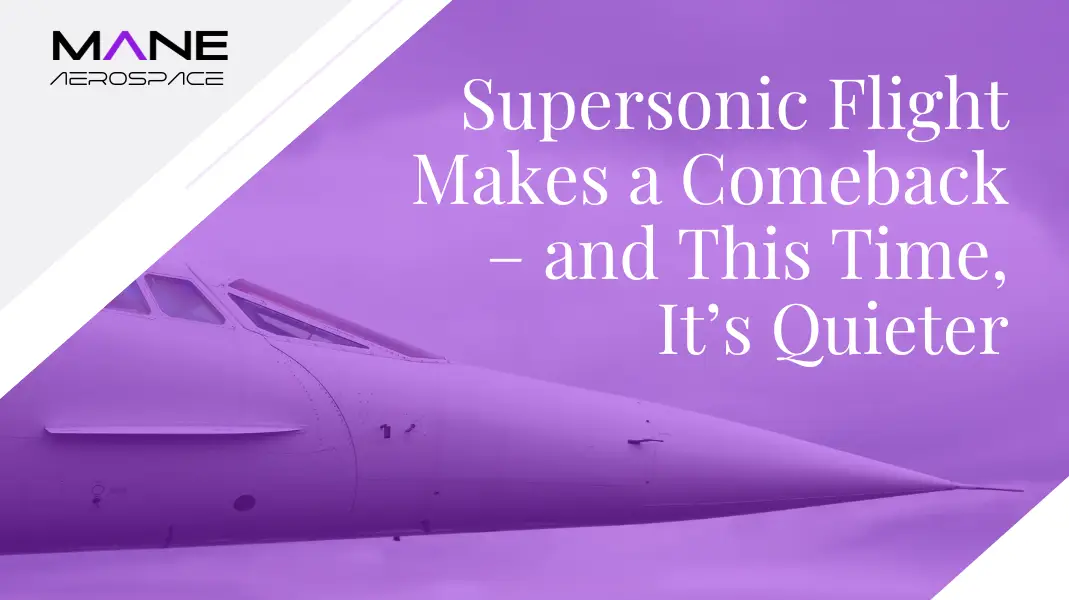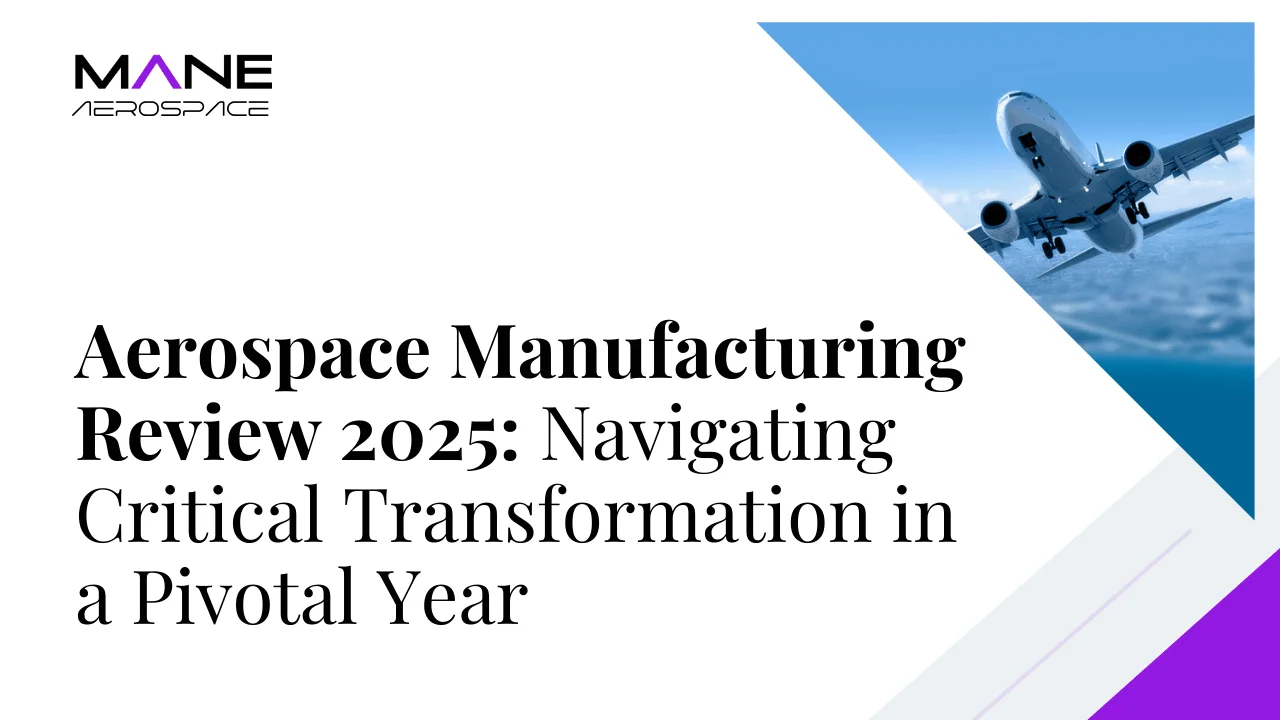Supersonic Flight Makes a Comeback – and This Time, It’s Quieter
07 Aug, 20252 minsIt’s been more than twenty years since Concorde took off for the final time, leaving many of...

It’s been more than twenty years since Concorde took off for the final time, leaving many of us wondering if supersonic passenger jets had become relics of the past. Now, things are changing fast. The buzz isn’t coming from a government or an aerospace giant, but from an ambitious startup: Boom Supersonic.
Earlier this year, Boom’s experimental jet, the XB-1, passed a major milestone by hitting Mach 1.122. That made it the first privately developed aircraft to break the sound barrier – quite the achievement for a company that only launched a few years ago. For anyone with a soft spot for aviation firsts, this moment marks the start of a genuinely new era in high-speed, sustainable travel.
What Makes Boom Different?
You might be thinking, “Supersonic flight is one thing, but is it really any different from the Concorde days?” That’s a fair question. Boom’s approach isn’t just about speed. There’s real intention behind the design choices for their next aircraft, Overture. For starters, Overture is built to run entirely on Sustainable Aviation Fuel (SAF). It’s a bold move, given the current focus on reducing aviation’s carbon footprint. This is a jet aiming to connect cities further and faster – without trading off the sustainability goals everyone’s working so hard to meet.
Then there’s the passenger experience. Remember the noise complaints Concorde used to generate? Boom’s Overture is designed with quieter engines and no afterburners, meaning it will be far less disruptive both on the ground and in the air. They’ve also prioritised compatibility with existing airports, removing an old obstacle for supersonic travel. Think about it: routes like New York to London could take just three and a half hours. That turns a transatlantic trip into a genuine short-haul option for busy professionals, not just a fancy perk for the few.
Why Should You Care?
The revival of supersonic travel isn’t just a trip down memory lane. The ambition this time is much bigger – making it accessible and viable for many, rather than a handful of frequent flyers. The goal is affordability, sustainability, and true scalability. That means you’re not just relying on government budgets or one-off technological triumphs. Instead, you’re seeing something built for real-world airline fleets and regular commercial service.
Of course, there are still hurdles. Certification for a brand-new supersonic jet is a major challenge, and public perception around noise and emissions will need careful management. Plus, there’s the practical matter of expanding SAF production to keep up with demand. But watching the sector today, it’s clear the kind of progress some thought impossible a decade ago is becoming reality.
Looking Ahead
A few years ago, the idea of boarding a supersonic jet for a routine business trip sounded like something out of science fiction. Now, with Boom’s quick progress and major partners lining up, that future looks more realistic every day.
Whether you’re an aviation enthusiast, a professional in the industry, or simply someone who likes to keep an eye on what’s coming next, you’ve got to admit - it’s an exciting time to be watching the skies.
Curious about how this could affect your business, career, or just want to chat about the latest industry moves? Get in touch. The future of flight is speeding up, and it’s worth being ready for what comes next.


